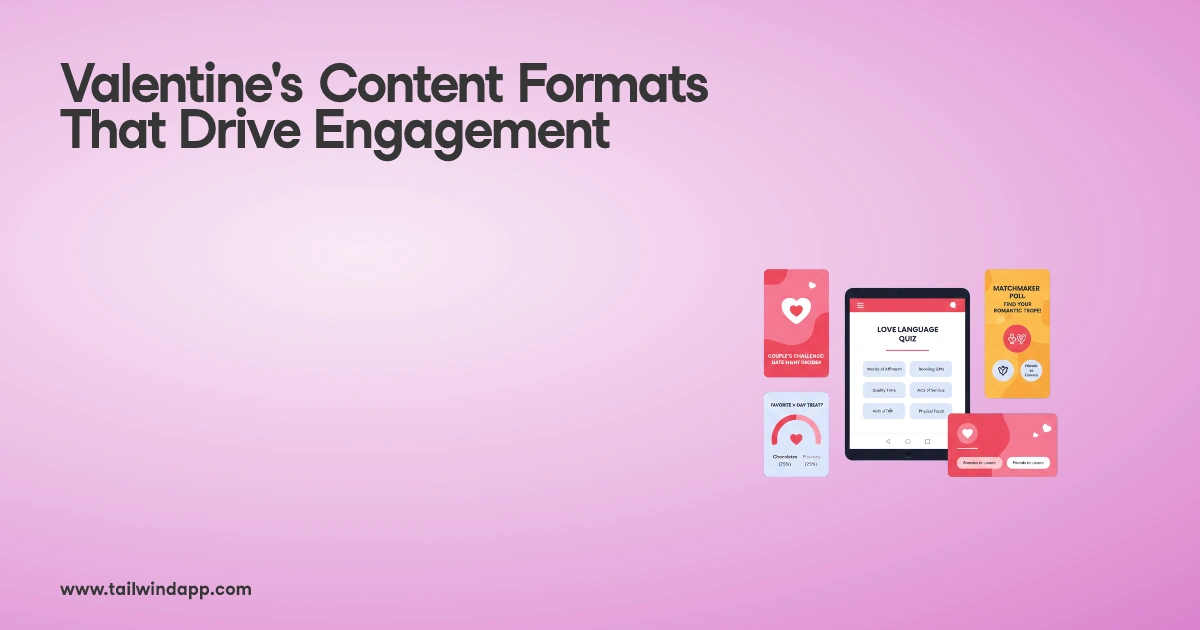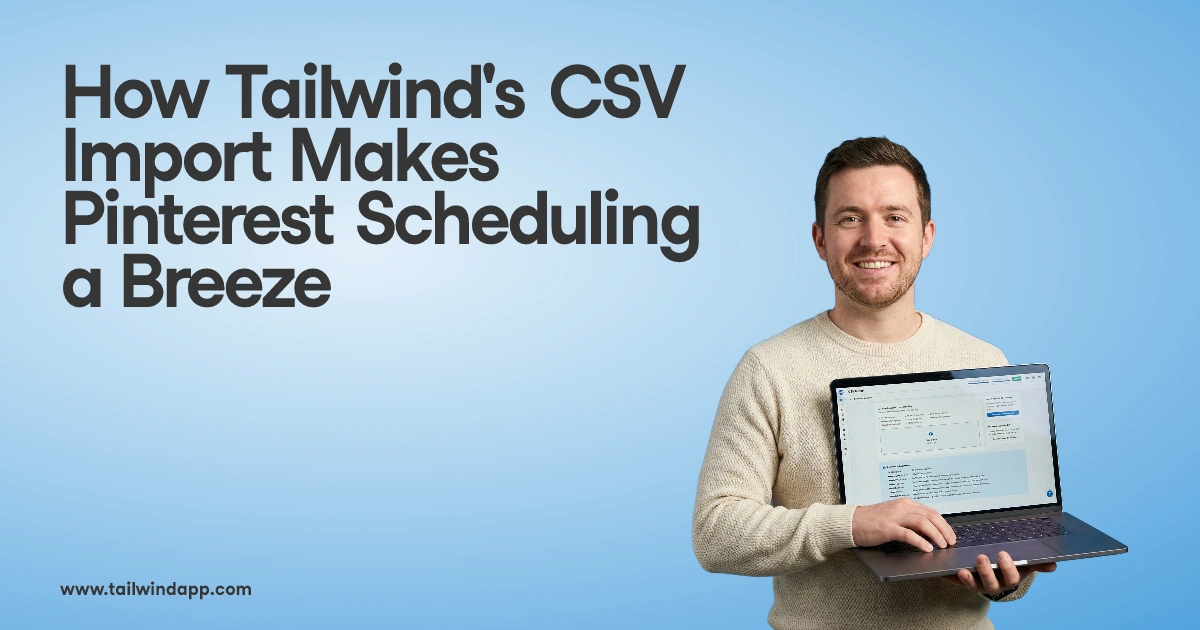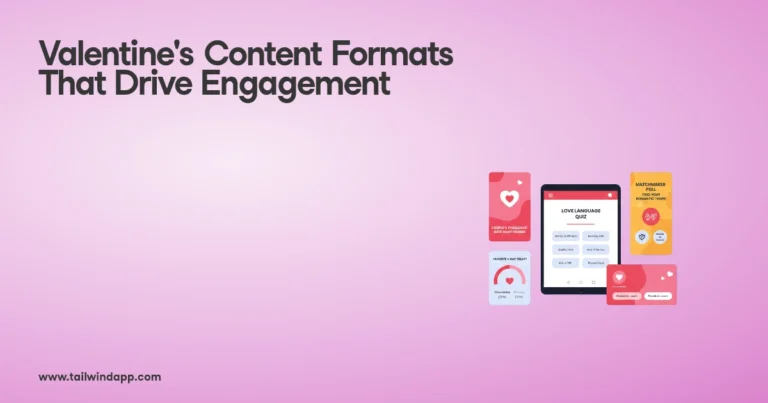
Are you struggling to keep your online audience engaged? Don’t worry, you’re not alone. There are tons of articles and experts telling us how often we should post on social media or write our blogs. But let’s face it, the real issue isn’t knowing what to do — it’s finding the time to do it right.
That’s why AI feels like a silver bullet. And it is, to an extent. When used right, Large Language Models (LLMs) like ChatGPT can shortcut everything we hate about writing. But if you don’t know the right ways to build AI prompts and coax the large language models to give you the responses you need, these same tools can be even more frustrating than staring at a blank page.
To unlock the full potential of generative AI you must learn how to write AI prompts that will effectively communicate your needs to the AI and elicit the desired responses.
In this article, we will define the term AI prompt and give you the context you need to create better AI writing prompts by looking at the fundamentals at the heart of LLM’s. We will uncover some of the limits that lead to poor output from Chat GPT and give you the principles and tips you need to write an effective prompt. Let’s get started!
ChatGPT Is Boring By Design
LLMs are really good at doing one particular thing: predicting what the most likely next word or phrase will be. That is how they are designed.
The best AI models have been trained on billions of data points and text snippets and have been fine-tuned over time to produce coherent and contextually-relevant responses. That ability is undoubtedly one of the greatest technological advances of our time. But if I asked you, “What makes a person interesting?” you probably wouldn’t answer, “I love it when a person always gives me the most likely response to everything I ask them.” Why? Because that person would be incredibly boring. Yet, this is exactly how these models work.
There are ways to move beyond the boring responses to get truly high-quality feedback, and that is referred to as prompt engineering.
[SIDE NOTE: Prompt engineering is a hot, hot topic! Check out the growth in search volume for the term this year. ]

When asked correctly, LLMs excel at generating content ranging from informative articles to witty social media captions.
Using AI saves you time, allowing you to invest in other aspects of your business and life. But how do we bend the AI to our will? We give it the right constraints and instructions by building explicatory prompts.
If we know the AI is searching through a vast content database, we need to guide it to the right content for our specific needs.
What is an AI Prompt?
At its most basic, an AI Prompt is the text-based information or instructions that people give to an AI system so that it can produce a result. Think of a prompt as the written instructions you give an AI to tell it what you want it to do and how you want it to do it.
Depending on which AI you are interacting with, that prompt can be something very long, like in this example from Open AI’s #prompt-library on Discord. The prompt is instructing ChatGPT to be an affiliate marketing mentor.

For systems like Tailwind Ghostwriter you don’t need to enter as much information because the bulk of the prompt engineering has already been done by the software developers. The prompts that communicate with the large language models are built into the product.

The Essential AI Prompt Writing Principles
As we delve deeper into the world of AI prompt writing, it’s vital to grasp the fundamental principles that lay the groundwork for crafting effective prompts. By mastering these basics, you’ll be well on your way to creating prompts that get you the responses you want.
The best prompts are clear, concise and complete — but what does that mean exactly? It means you follow a specific structure where the prompt has everything it needs, but only what it needs. The best way to explain this is to walk you through an example of an AI prompt. In this case, we’ll use a prompt that you could use if you were applying for a grant.
Step 1: Simulate A Persona — this gives the AI constraints. It lets it know which data to prioritize and what type of content to base the response on.
- You are an expert grant writer.
In this case, we are telling the AI to prioritize content that it has regarding writing grants, and specifically, we only want the good (expert) stuff.
Step 2: Create The Task — this lets the AI know exactly what it is doing.
- Your task is to write a compelling narrative for a grant proposal to address a specific problem.
Here we are not just asking it to write a grant — we want a “compelling narrative” to “address a specific problem.” We are being very clear.
Step 3: Explain The Steps Needed To Complete The Task — AI’s are really good at following instructions, and we want to tell it exactly what to do.
- The narrative should start with a clear and concise statement of the problem, followed by a detailed description of the proposed solution and its impact. Use vivid language, anecdotes, and data to support your arguments and highlight the project’s expected outcomes. The narrative should be concise and to the point.
For this grant, we give the AI very concise instructions on exactly what it needs to do to create the right output.
Step 4: State The Goal — let the AI know exactly what you expect.
- The goal is to convince the reader that this project is worth funding and will significantly impact a specific target.
The final step is to ensure that the AI knows what you are looking for.
Often at Tailwind we will add a couple of additional steps in our prompt engineering. Specifically, we will add additional context or constraints. In the above example, we might say, “prioritize data after 2010” or “use language common for a non-profit proposal.” And we will often give it formatting instructions. For us, this often looks like asking for a specific JSON payload so we can better display the results for our members. These extra steps can add clarity, but they are often unnecessary when getting started with AI prompt writing. So without them, the prompt we would send to GPT-4 would be:
You are an expert grant writer.
Your task is to write a compelling narrative for a grant proposal to address a specific problem.
The narrative should start with a clear and concise statement of the problem, followed by a detailed description of the proposed solution and its impact.
Use vivid language, anecdotes, and data to support your arguments and highlight the project’s expected outcomes. The narrative should be concise and to the point.
The goal is to convince the reader that this project is worth funding and will significantly impact a specific target.
Problem: {user input}
Solution: {user input}
Target: {user input}
Then, if you were the one trying to write the proposal, you’d fill in the data for the problem, solution, and target. And voila! A really great starting point for your grant proposal.
This framing for your prompts gets you well on your way down the path toward high-quality results. With this base knowledge to engineer your prompt, let’s take a look at some advanced techniques that can further optimize their quality and effectiveness:

Unleash An AI Prompt’s Full Potential
As we venture further into the realm of prompt writing, there are powerful techniques that can elevate your prompt writing even higher. By mastering these more sophisticated strategies, you’ll have the tools you need to tap into the full potential of AI to create truly compelling content.
Iterate and Refine: Once you have your initial AI prompt written, you’re just starting. Experiment with various formulations and approaches. Simulate a different persona or tweak your steps. At Tailwind, we often spend days honing in on the exact right phrasing for a specific prompt. When you see a Ghostwriter tool inside Tailwind, the prompt powering it often comes from dozens of tries at different variations by multiple prompt engineers to get to a point where we are happy with the output. By continuously testing and refining your prompts, you’ll significantly improve your results.
Evaluate Effectiveness: Assess the quality of generated content based on factors such as relevance, depth, and creativity. This evaluation will help you determine the success of your prompts and guide future refinements. Again, here at Tailwind, we use feedback from thousands of our members and many other data points to know when we need to further iterate our prompts.
Be Explicit: By incorporating clear instructions within your prompts, you can guide the AI model more effectively, increasing the likelihood of getting the results you want. Explicit instructions reduce ambiguity and improve quality. Some quick tricks include telling the AI to “walk through this step-by-step” and “consider the potential pros and cons before generating an answer.” These approaches ensure a more focused and well-rounded output.
Now that you know what to do, there are some things you should know not to do.
AI Prompt Writing Pitfalls
As you get deeper into this journey of prompt engineering mastery, there are some things you should definitely look out for. By learning to navigate these obstacles you’ll be equipped to generate the high-quality content you’re looking for.
Believing Everything The AI Says: When an AI makes something up from nothing, we euphemistically call it an AI hallucination. All AIs are trained to respond to you with an answer. If it doesn’t have the context needed or the data required to answer correctly, oftentimes AI’s like ChatGPT will simply make something up. While this is rare, it could be embarrassing to post a quote that was never said or to use a stat in a blog post that simply isn’t accurate. When using an AI, you must verify all verifiable data —things like quotes, stats, white papers, books, etc. If anything can be fact-checked, fact-check it!
Not Realizing The Data Has A Cutoff Date: Some AI models are connected to the internet, but most, like ChatGPT, are not and have a date after which they have no knowledge. Don’t assume the AI knows recent events, scientific developments, or niche topics.
Mixing Instructions: Analyzing your writing style and asking the AI to create content in that style is great. But don’t tell the AI that it is a researcher who is writing a scientific paper using the principles from Ogilvy On Advertising. It will get confused between writing in a professional tone and a conversational one, and the result will be the worst of both worlds.
Asking Too Much In A Single Prompt: It is tempting to ask the AI to write everything in one fell swoop, but AIs can lose context and miss important details when asked to create long-form content. An example of how we handle this at Tailwind is we can send ten or more prompts to the AI for our Idea to Blog creator. Breaking this up ensures the content stays on point and each section is fully thought out.
Asking Too Little: Vague or overly simplistic inputs result in generic, irrelevant, or unhelpful outputs. To harness the full potential of LLMs, use the tips above to craft your prompts with clarity, specificity, and appropriate context. Guiding the AI model toward generating content is exactly what you want it to be.
With an understanding of these common challenges, you’re better prepared to tackle the world of prompt craft. Evaluate the generated content for accuracy, relevance, and potential biases, and consider verifying information from other sources when necessary. Write prompts that have all the information you need (but no more), and you’ll be well on your way to incredible outcomes.
Optimizing Your AI Content Strategy
In the end, embracing AI in your business is essential, whether you create your own AI-generated content or let Tailwind handle it for you. Utilizing AI will strengthen customer relationships, boost engagement, and leave a lasting impact on your audience. As you explore the exciting and rewarding world of AI, remember to apply these tips and tricks with confidence, passion, and creativity, and seize the opportunities to learn, grow, and innovate.
Ultimately, the future of business lies in harnessing the power of AI to stay ahead of the curve. Embrace this technology and watch it revolutionize your marketing efforts, elevate your content creation, and propel you to remarkable growth. As you venture into the realm of AI, stay open-minded and adaptable. Remember that the key to success is striking the perfect balance between technology and human creativity. The potential is limitless, so embrace the change and watch your business soar.







